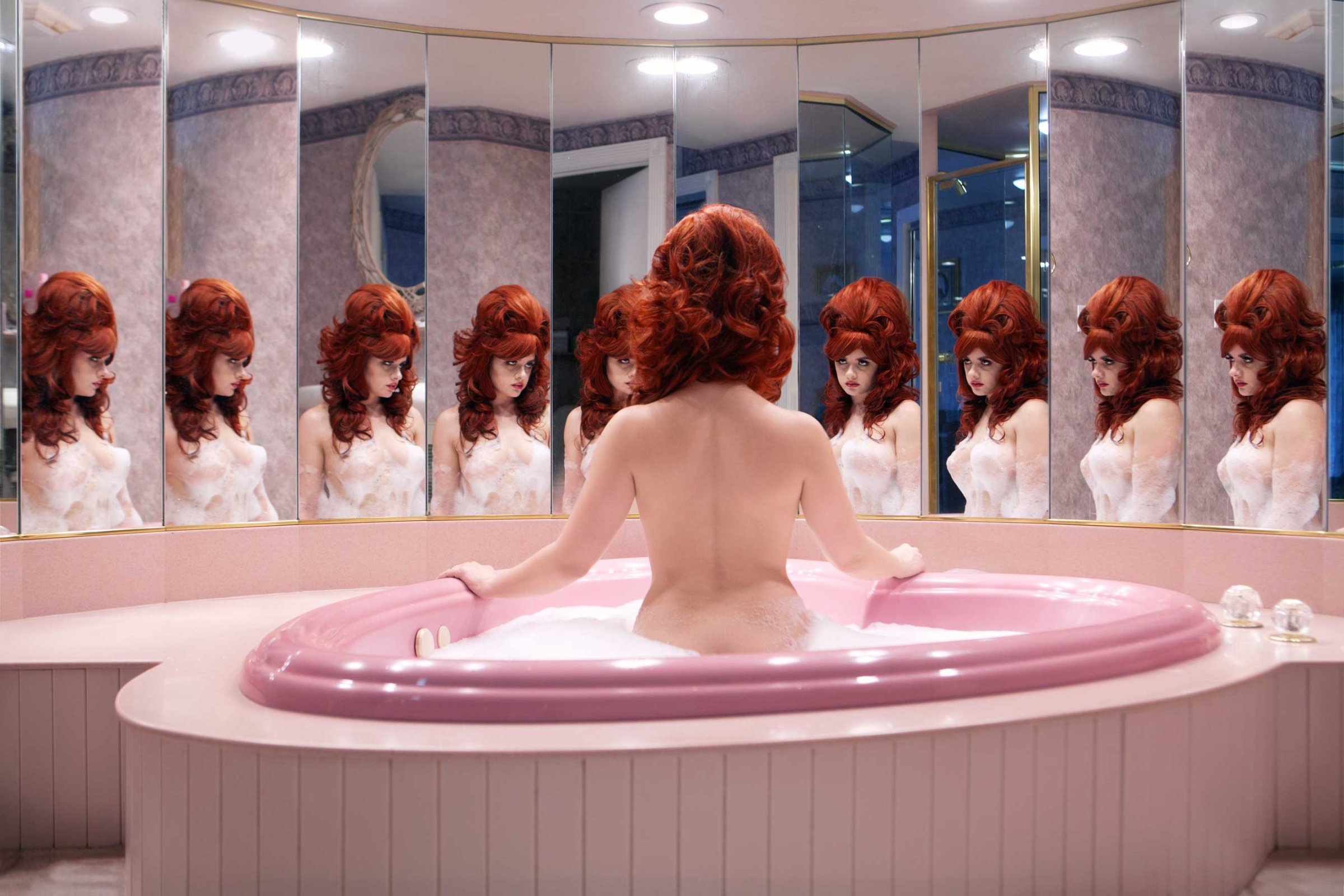
The book, Girl on Girl: Art and Photography in the Age of the Female Gaze, reflects on how a new generation of women are taking the art world by storm. From Izumi Miyazaki’s cute and cruel femininity to Maisie Cousin’s juicy erotica, the 40 women featured are redefining the female gaze.
As part of a series, TIME speaks to five pioneering photographers who are bending the rules of self image, sexuality and exploitation, starting this week with Juno Calypso, an award winning photographer from London, who explores the constructed world of beauty through the surreal and disarmingly attractive character of Joyce, played and photographed by the artist herself.
TIME: What exhausts you about the “feminine ideal”?
Juno Calypso: What exhausts me is the repetition of it. And the fact that you can’t escape it. But everyone is sort of hypnotized by it and that’s why it’s so exciting. Everybody wants to be a better version of themselves. Before, women were trapped in the kitchen and they could slam the door and run away and leave. But now we’re sort of trapped in our own bodies and there’s no escape from it.
Were gender roles obvious to you from an early age?
I knew something wasn’t right but I didn’t know how to put my finger on it. I remember dancing to Sisqo’s Thong Song in the playground when I was nine and thinking, ‘This is a bit weird.’ Who’s this man and why does he want to see my thong? What is a thong for anyway and when do I start wearing them?
My mum was a big influence. She didn’t mention the word feminism much but she’s a doctor and didn’t hold back on facts.
One night we were watching a soap opera together. I was still about nine or 10. A scene about rape came on and I asked her what the word meant. She didn’t sugar coat the definition. I asked her if a woman could do the same thing to a man and while she acknowledged it was possible, she explained male dominance, male genitalia and its potential to be used as a weapon. That opened my eyes to a very vivid reality of gender.
Now you’re older and you’ve been able to develop those ideas a bit more through your art, how do you kind of seek to challenge or enforce these notions?
I had a massive shift a few years ago. Before I’d think constructed femininity and makeup was just a waste of our time, a distraction, that took all our money and just damaged us.
But then I had this shift. I think there’s been a change in thought in feminism where now it’s more about choice. You can go to a pink honeymoon hotel and be vain, or narcissistic and you can indulge in femininity and all its stereotypes, without fear of being condemned or patronized or belittled or even abused. I think we have the right to indulge in these things. But it’s the way people treat people that indulge in those things that’s the problem. Not the make-up and the hair.
Looking more directly at the work, you use yourself as the subject, what would you say are the advantages and limitations of that?
The advantage is that I get really stressed out working with other people. I love being alone and always wanted to be a painter or a musician where I didn’t have to see anyone. Photography is so social and you have to be this kind of weird predatory person. So I just thought it was a more pragmatic decision; how can I avoid seeing people every day?
With the limitations…you do get lonely and that’s reflected in my work. It’s about feminism but it’s also about isolation and loneliness and being self-sufficient. It’s also really technically difficult to take pictures of yourself the way I do.
You take most of your photos in secret. How does that effect the way you approach the shoots?
It makes it exciting because it feels like you’re being devious and you’re kind of rebelling against what is expected. When I’m alone, I’m always on edge thinking someone’s going to walk in and see me covered in green paint.
Who is Joyce and what does she have to say?
I describe her as a character without a story. It really stems from the real cynicism I have; I love being a woman, I love getting dressed up, I love making people want me and indulging in all those things. But I also am very much like: “What am I doing? Am I enjoying this? This is not what I expected. Can I go home now?” [Joyce] encapsulates that disappointment.
How important would you say is popular culture as a reference point in your work and in the creation of the character of Joyce?
Oh completely. The whole character and all the work is just a product of me going on the Internet for hours every night. I love reality TV and girls that do makeup on YouTube. Anything lowbrow or that people think is stupid, that’s the stuff I love. There’s no such thing as natural femininity – it’s a fake construct, so why not make it more fake.
Do you think you’re going to get bored of yourself as the subject?
I was bored with myself like five years ago. I’d rather use myself than someone else because using other people is a bit terrifying to me. But I think if I was happy with myself, the pictures wouldn’t be as appealing. I think the reason that people like them is they can see there’s a bit of frustration and a bit of an argument there.
To me, your work is a delicate dance between comedy and despair. Is this duality something you’ve noticed in other women?
Yes. Definitely. The comedy is so important because people look at women investing in their looks or see women frantically doing their makeup and their hair and they think: ‘Oh, poor them. They’re so vain and they’re so depressed because they care so much about their looks and they don’t know what’s really important.’ And I think, how patronizing! We know what we’re doing; we know that it’s annoying. And there is some despair but we’re very much aware of it.
Joyce is looking into the mirror at herself, she’s not looking into the viewer’s eye. She’s self-absorbed and she’s aware.
How does your work challenge the notion of the female gaze?
So there’s the female gaze and the male gaze and then with self-portraiture they call it the ‘looped gaze’ because the person is the photographer and the subject. When someone takes a selfie, they’re not actually looking at the camera on their phone, they’re looking at their own eyes, and so they’re completely refusing the audience. They’re exploiting themselves.
Photography is a very problematic and exploitative medium. But I think selfies and self-portraiture are a nice antidote to that. It really helps me sleep at night knowing I’m not exploiting anyone.
Next week, TIME speaks to Nakeya Brown on why hair is symbolic of women’s struggle to conform.
Juno Calypso is a self portrait photographer based in London. Follow her on Instagram. Girl on Girl: Art and Photography in the Age of the Female Gaze by Charlotte Jansen is published by Laurence King and is available to buy in the US from April 18.
Dilys Ng, who edited this photo essay, is an associate photo editor at TIME. Follow her on Instagram. Alexandra Genova is a writer and contributor for TIME LightBox. Follow her on Twitter and Instagram
Follow TIME LightBox on Facebook, Twitter and Instagram
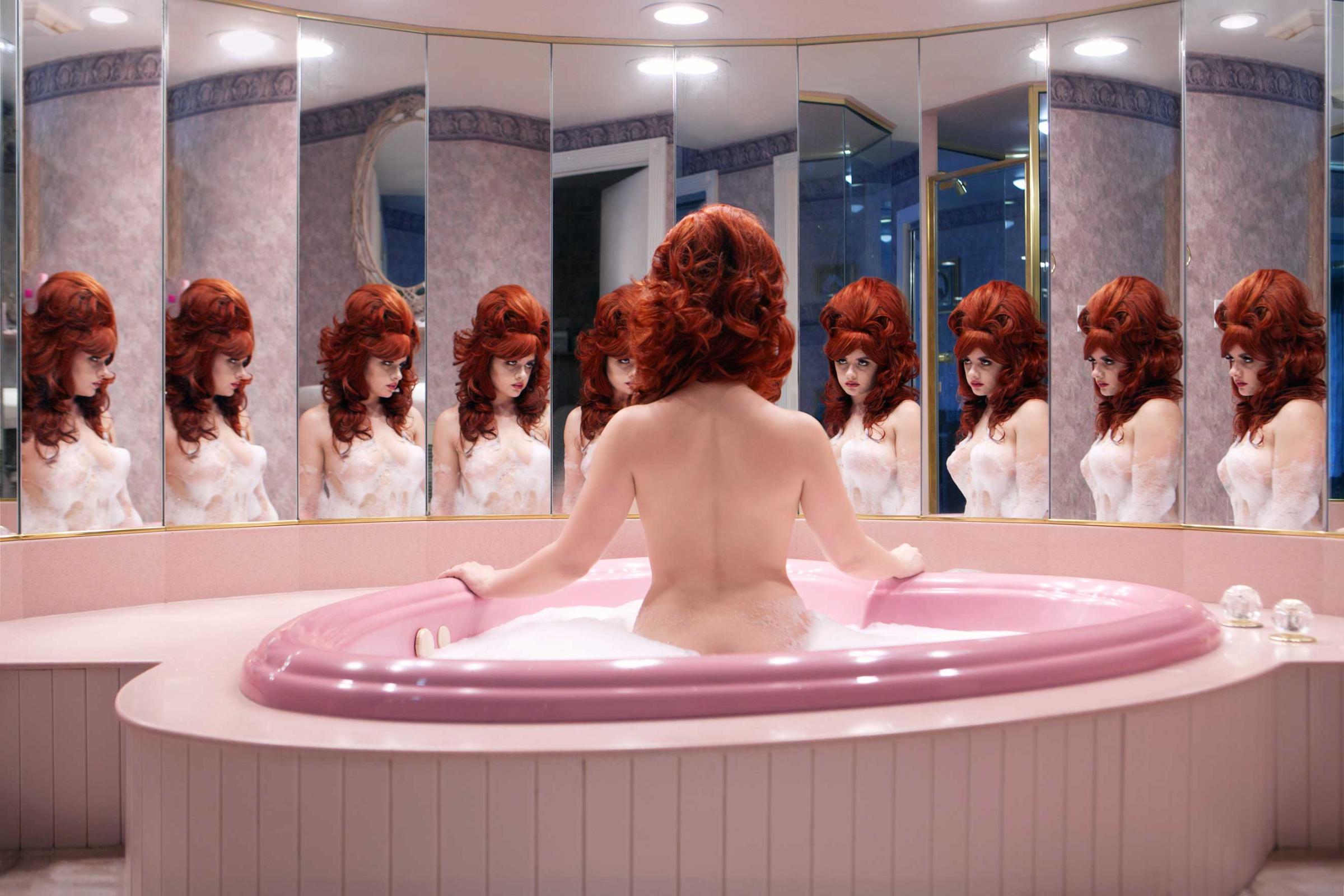
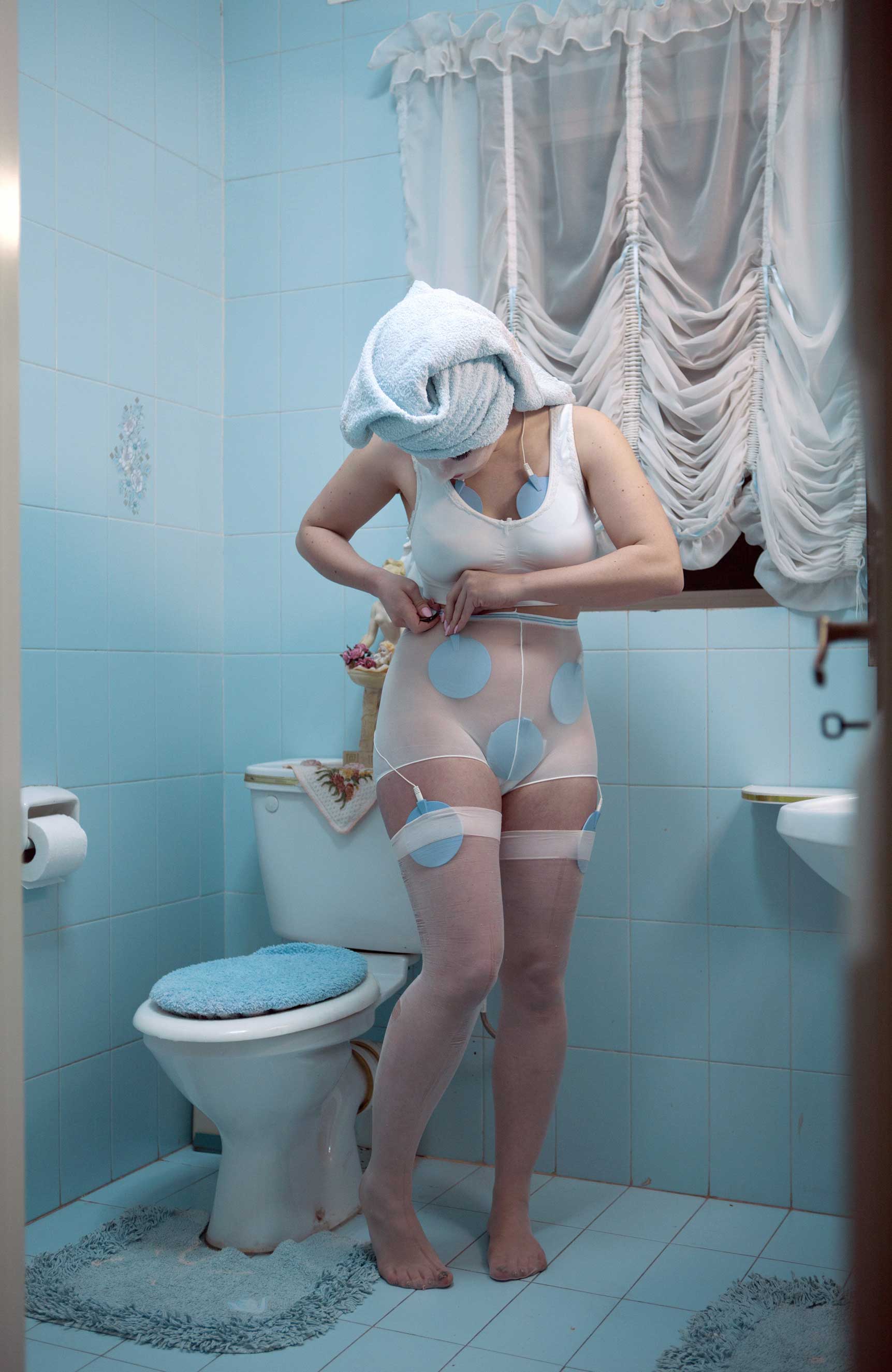
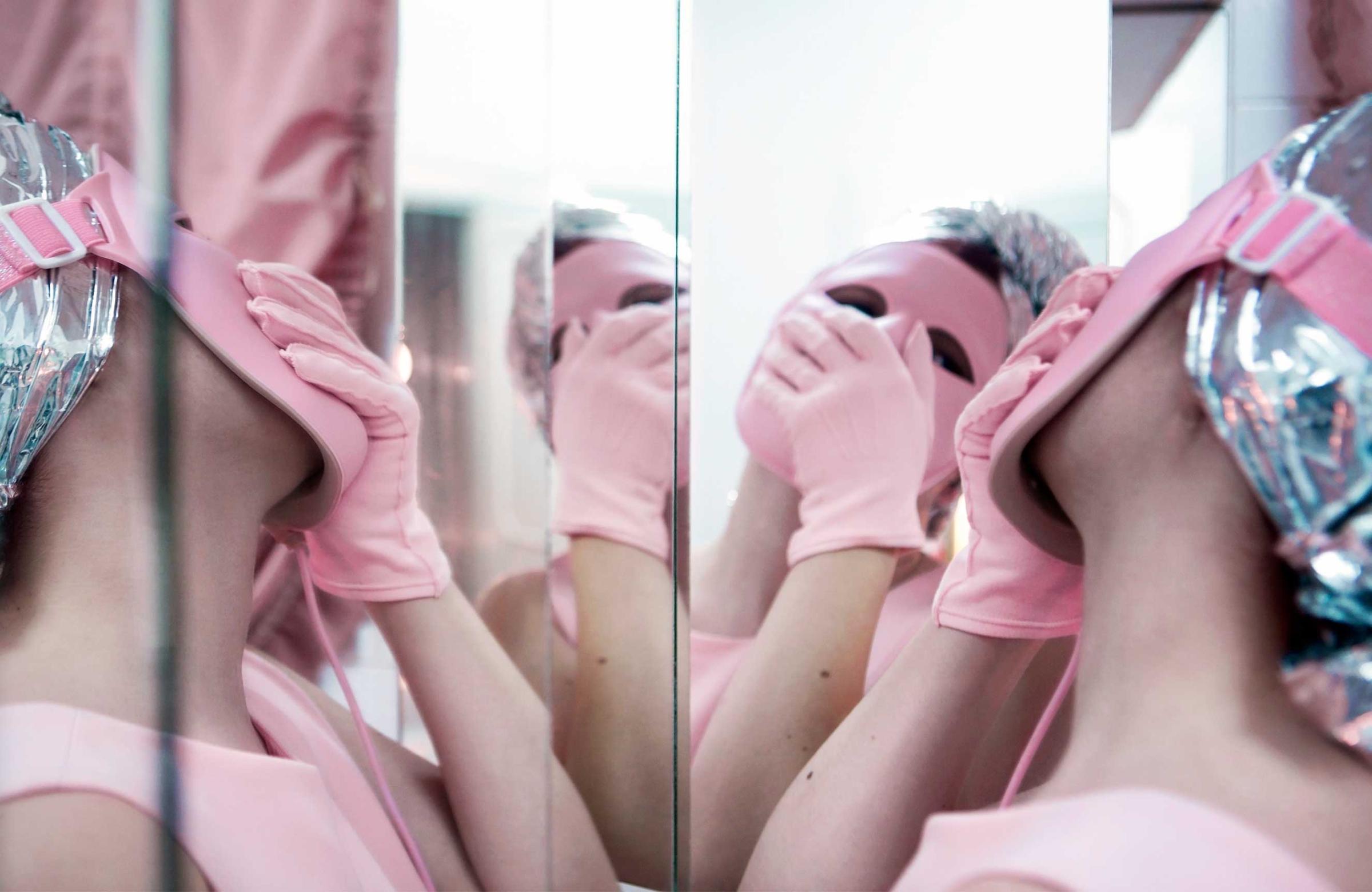
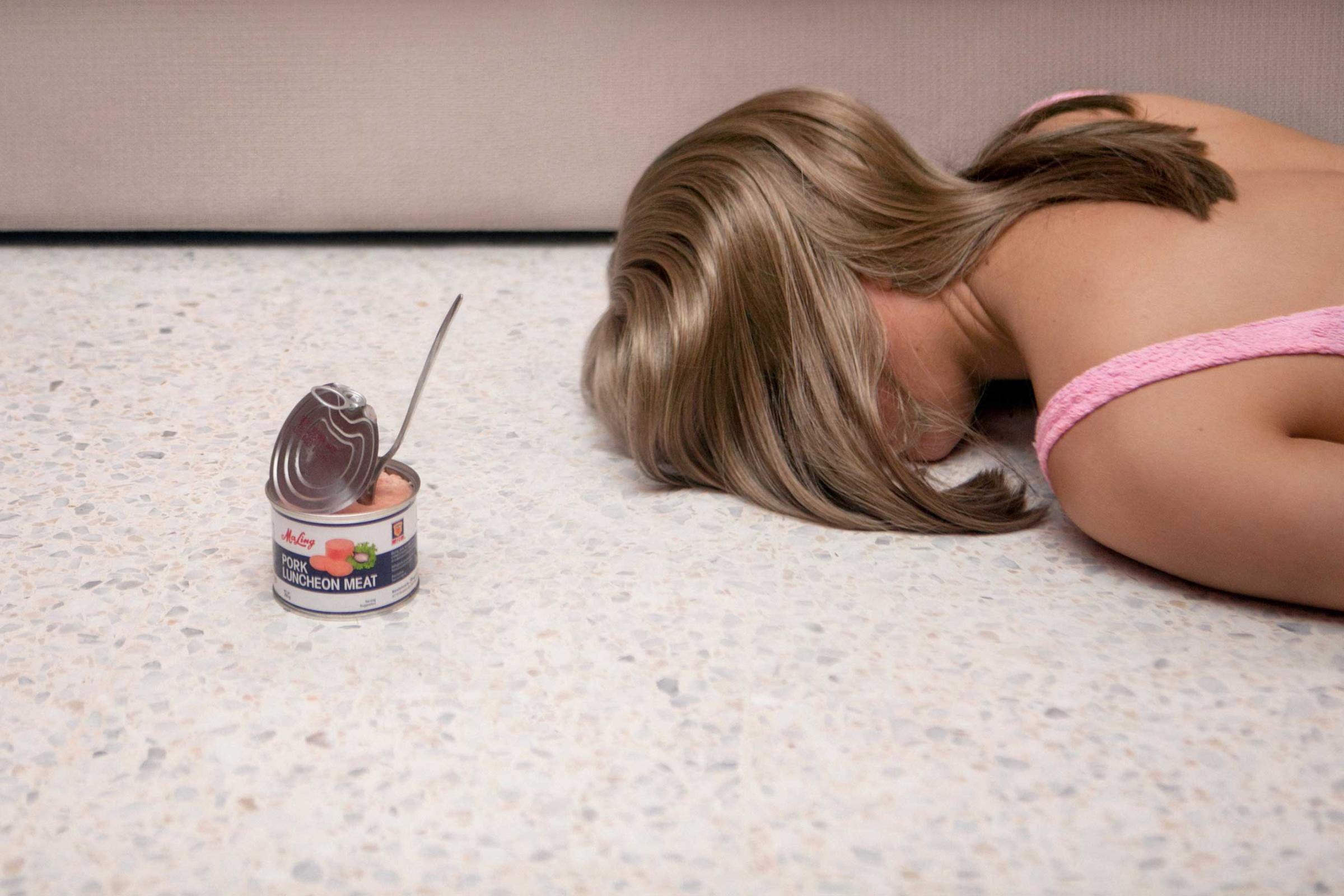
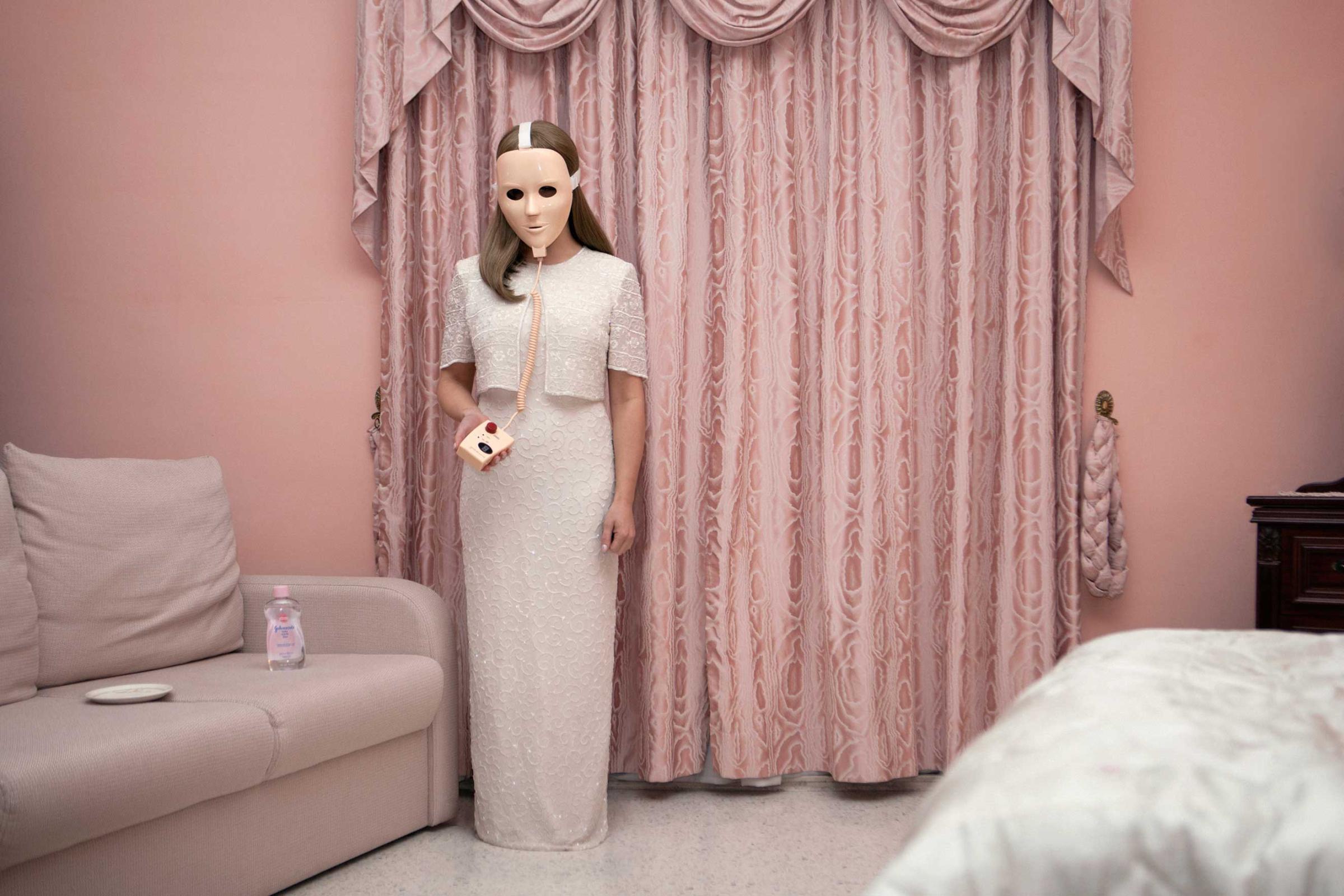

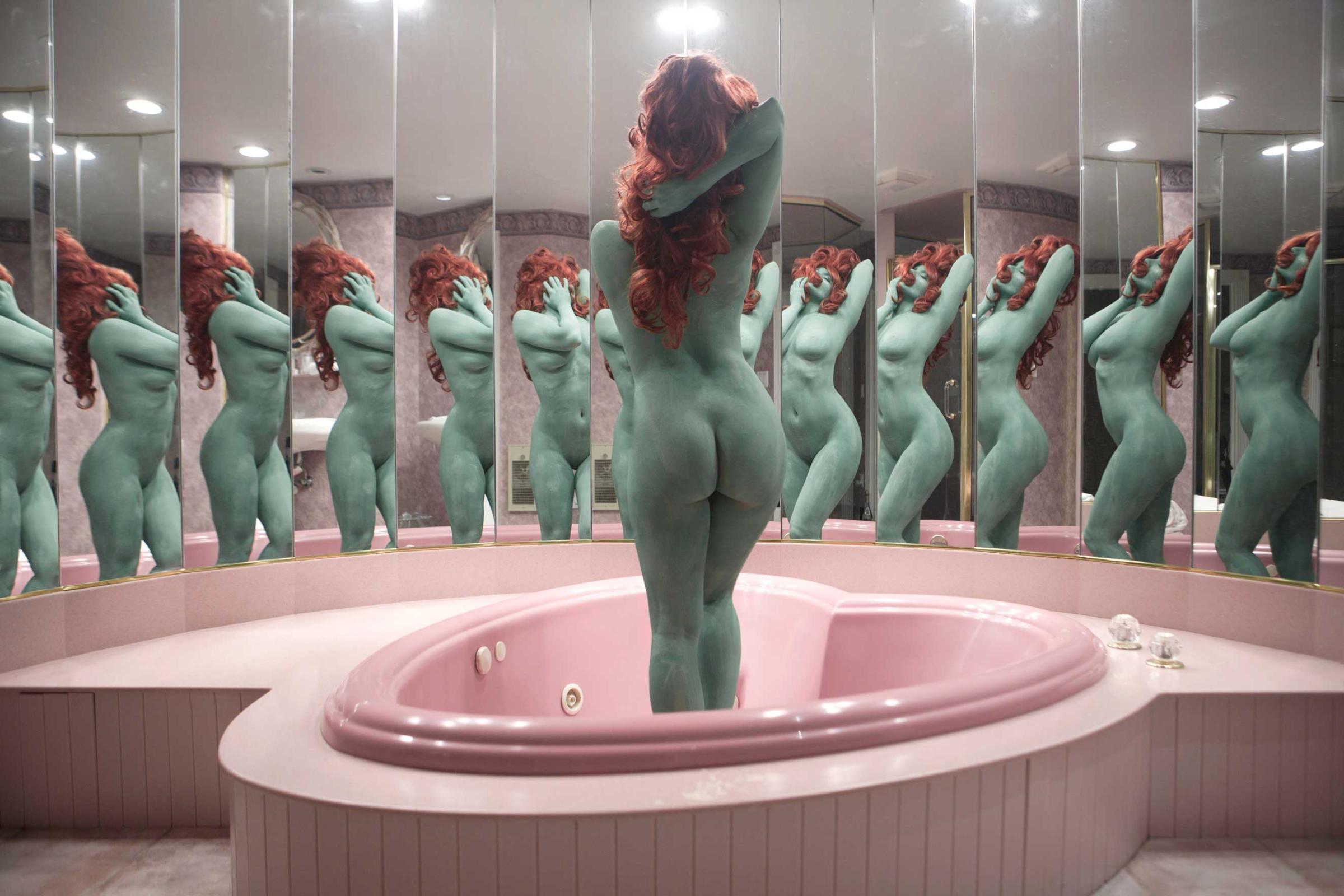
More Must-Reads from TIME
- Cybersecurity Experts Are Sounding the Alarm on DOGE
- Meet the 2025 Women of the Year
- The Harsh Truth About Disability Inclusion
- Why Do More Young Adults Have Cancer?
- Colman Domingo Leads With Radical Love
- How to Get Better at Doing Things Alone
- Michelle Zauner Stares Down the Darkness
Contact us at letters@time.com